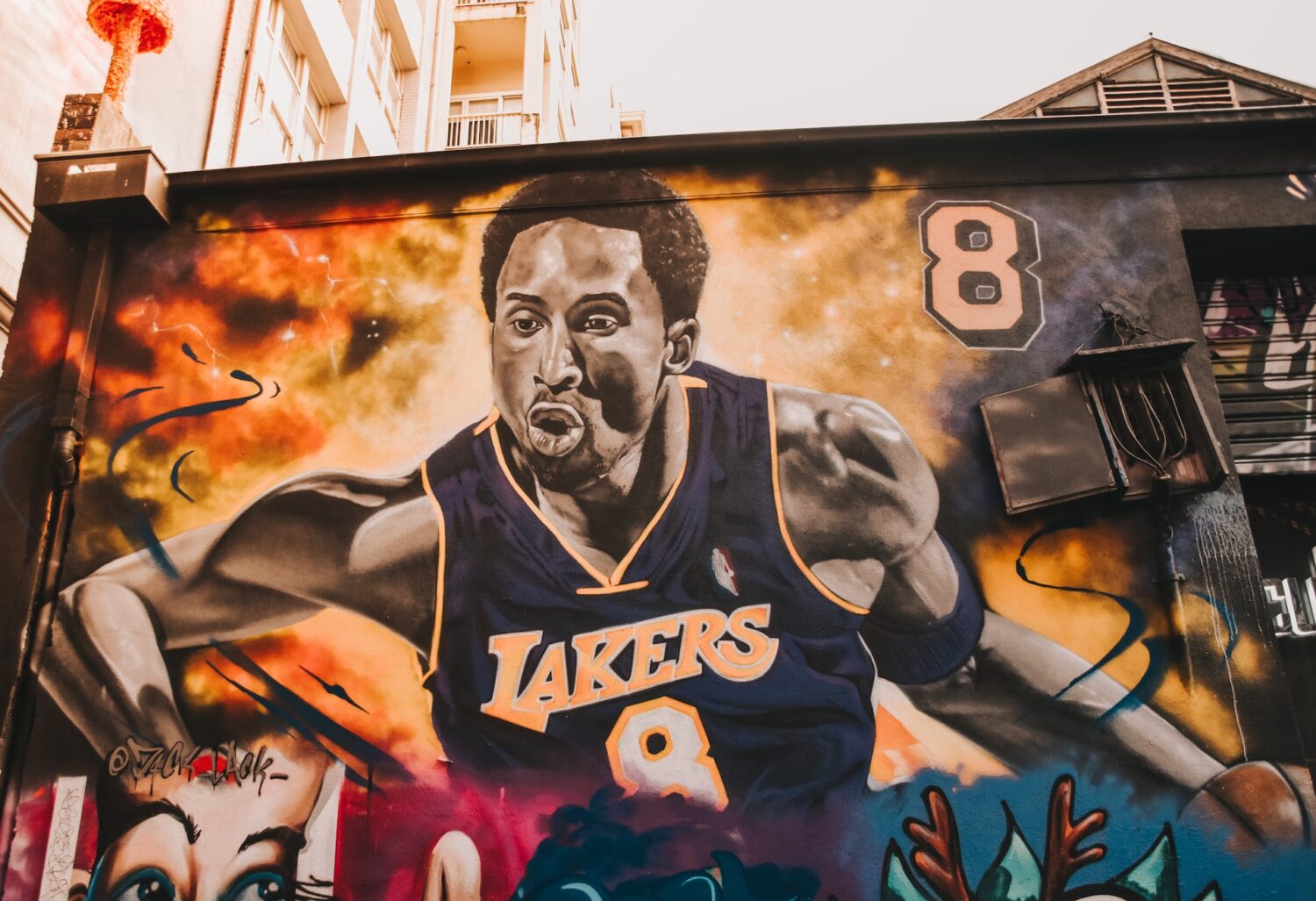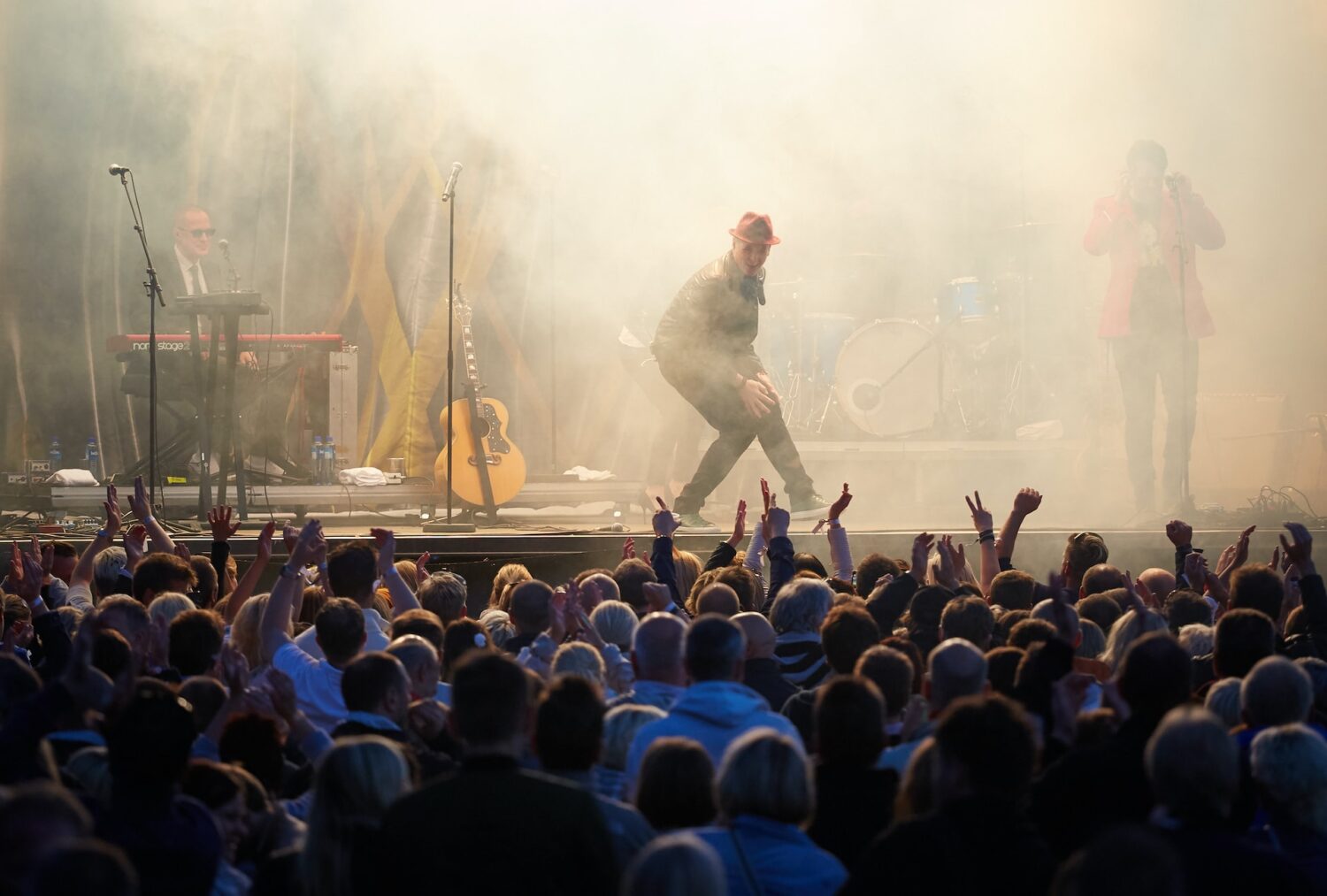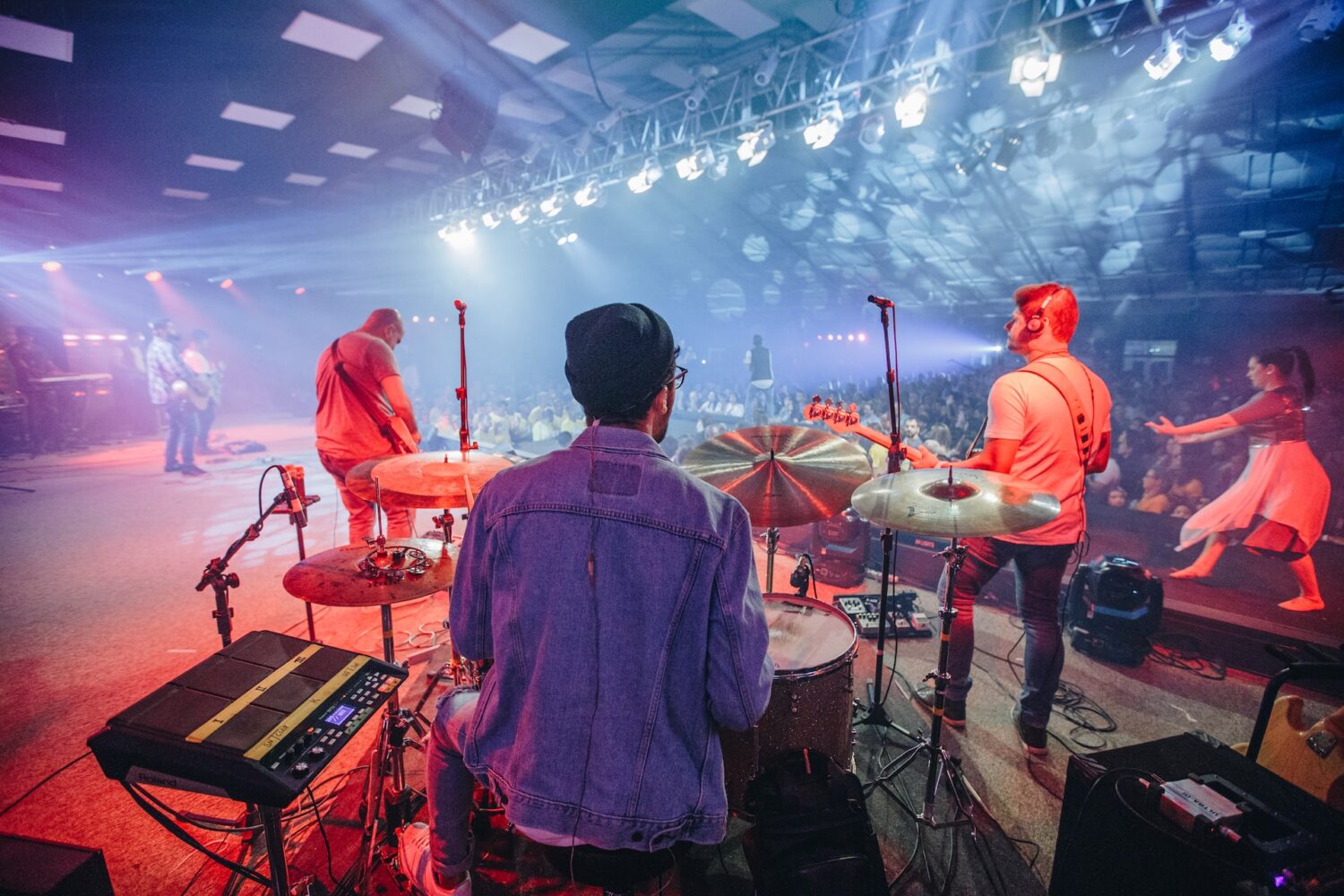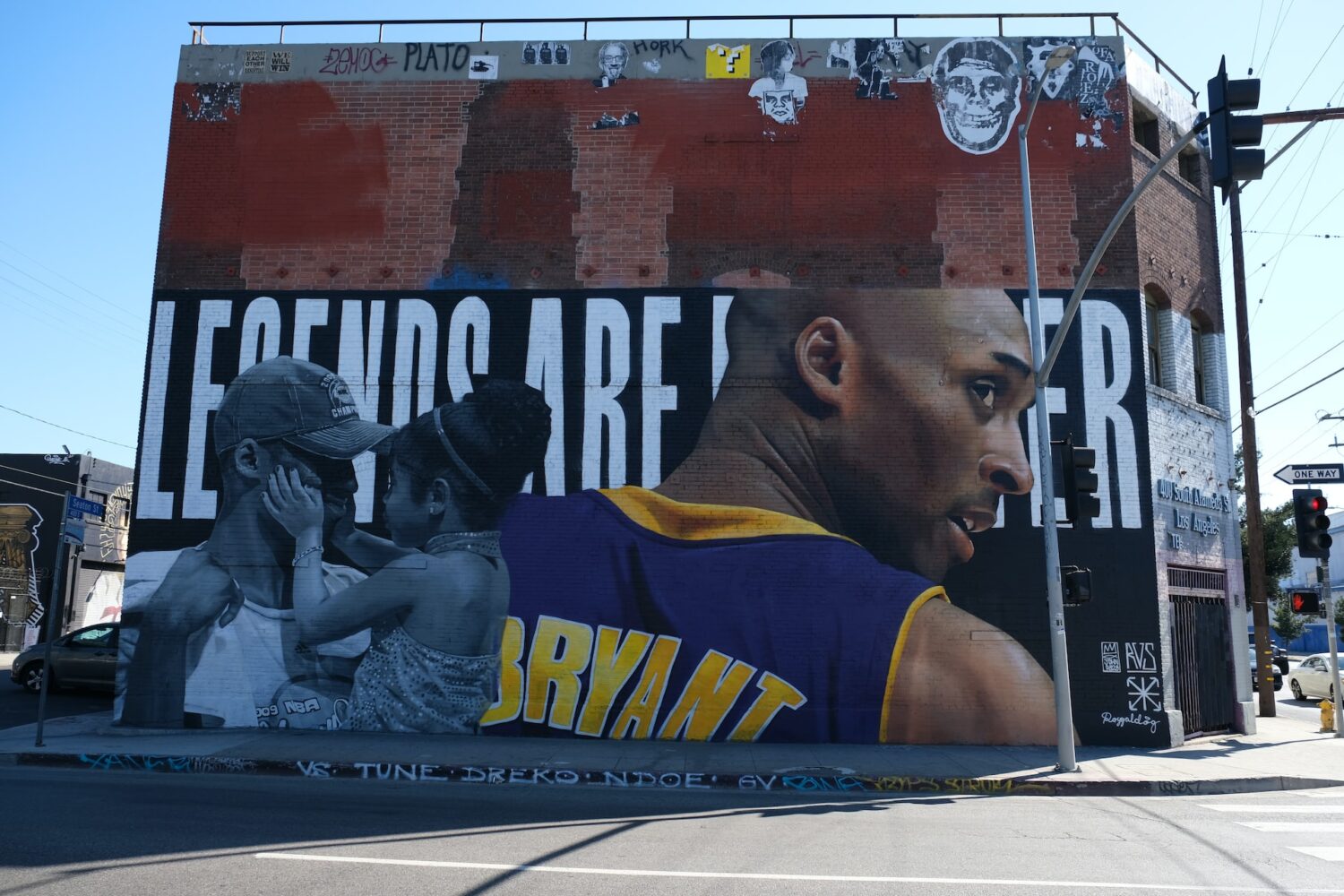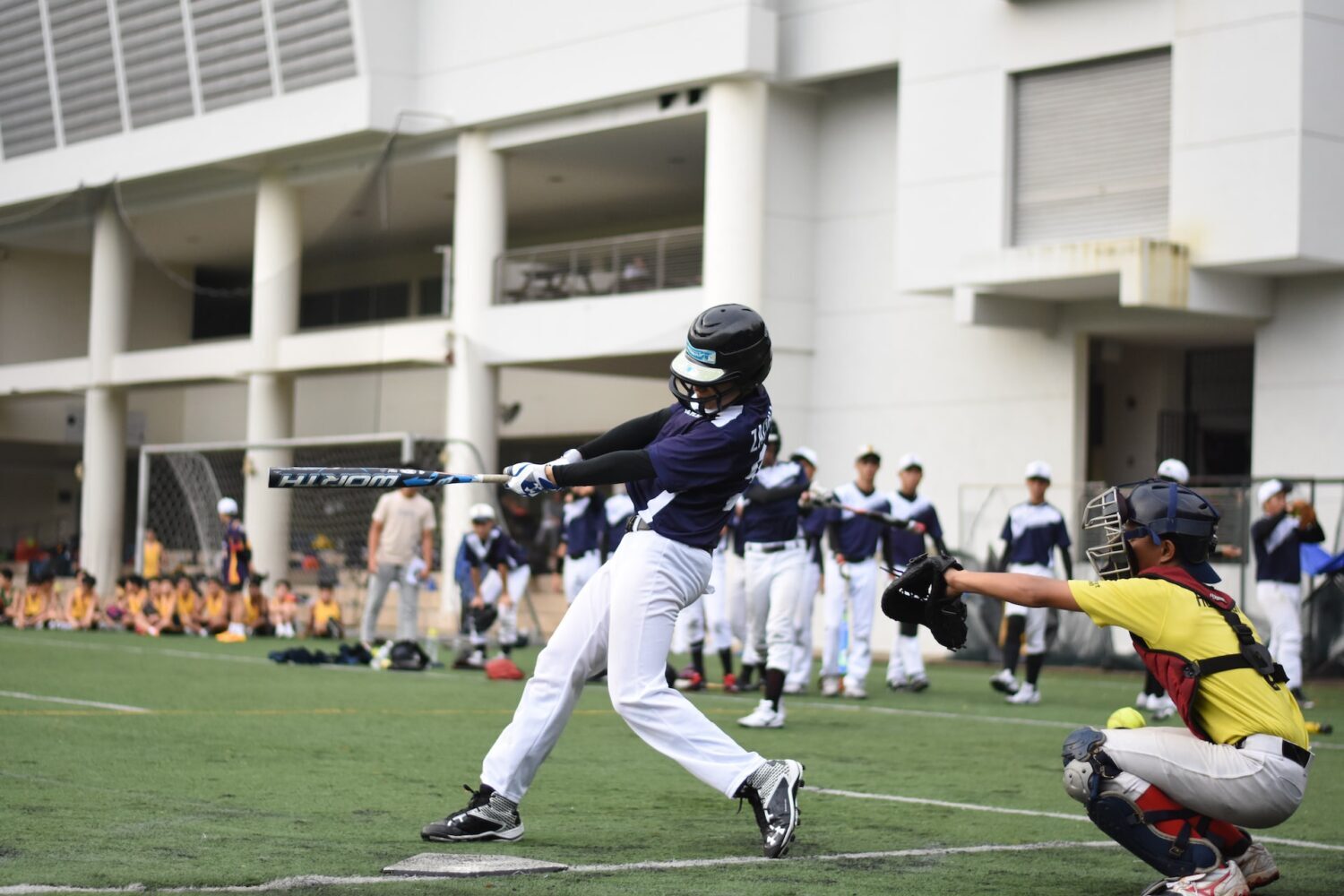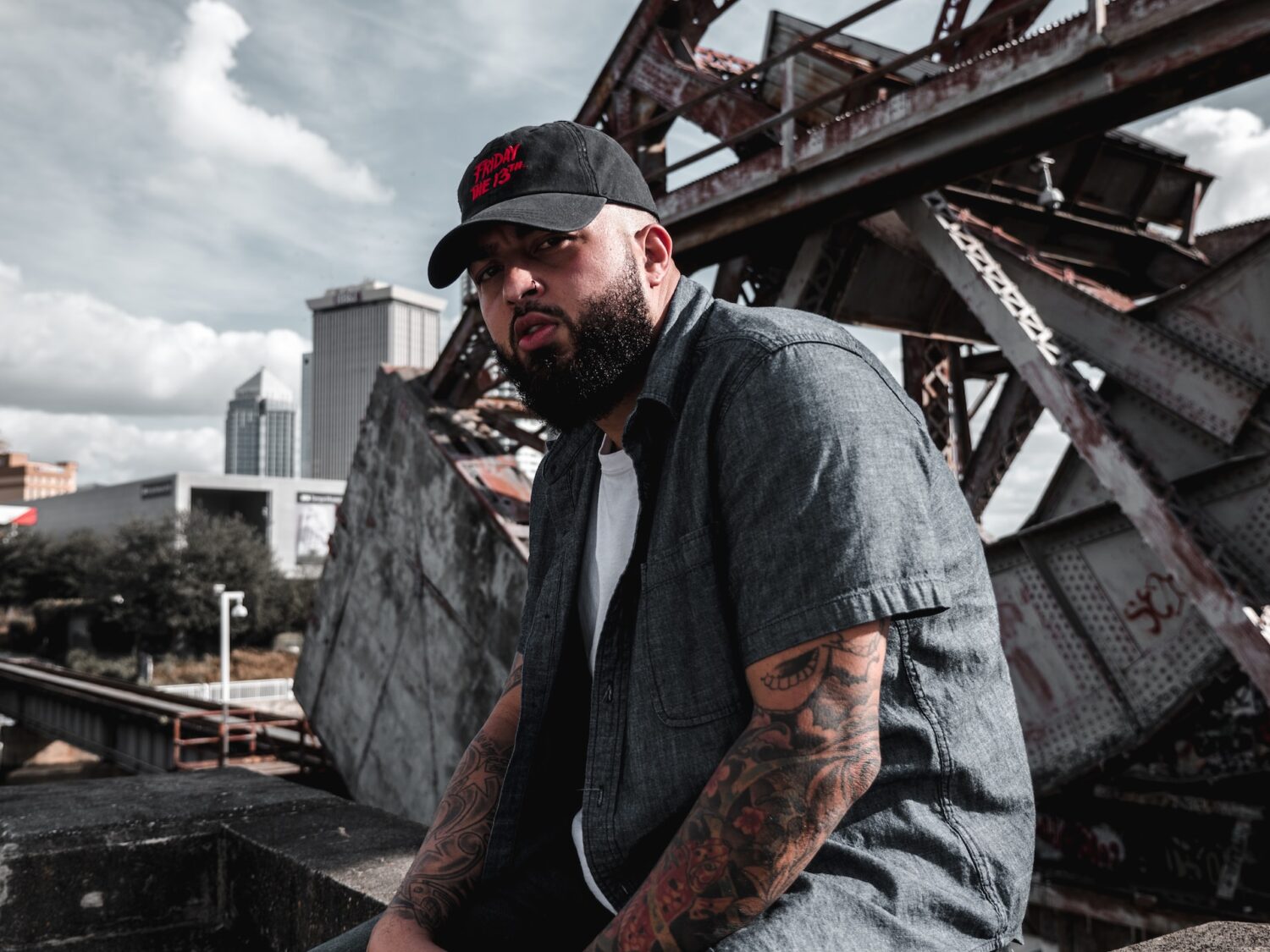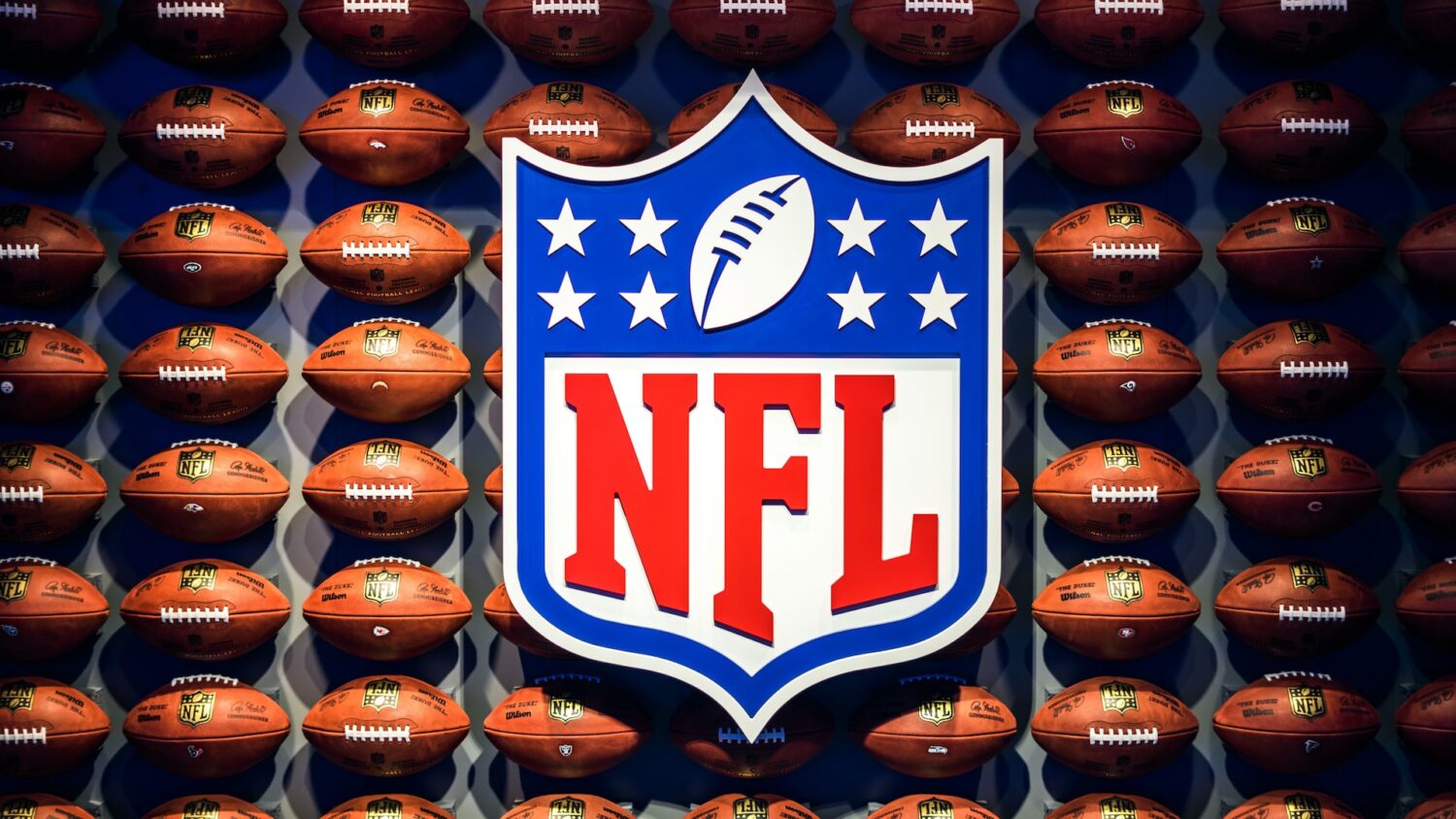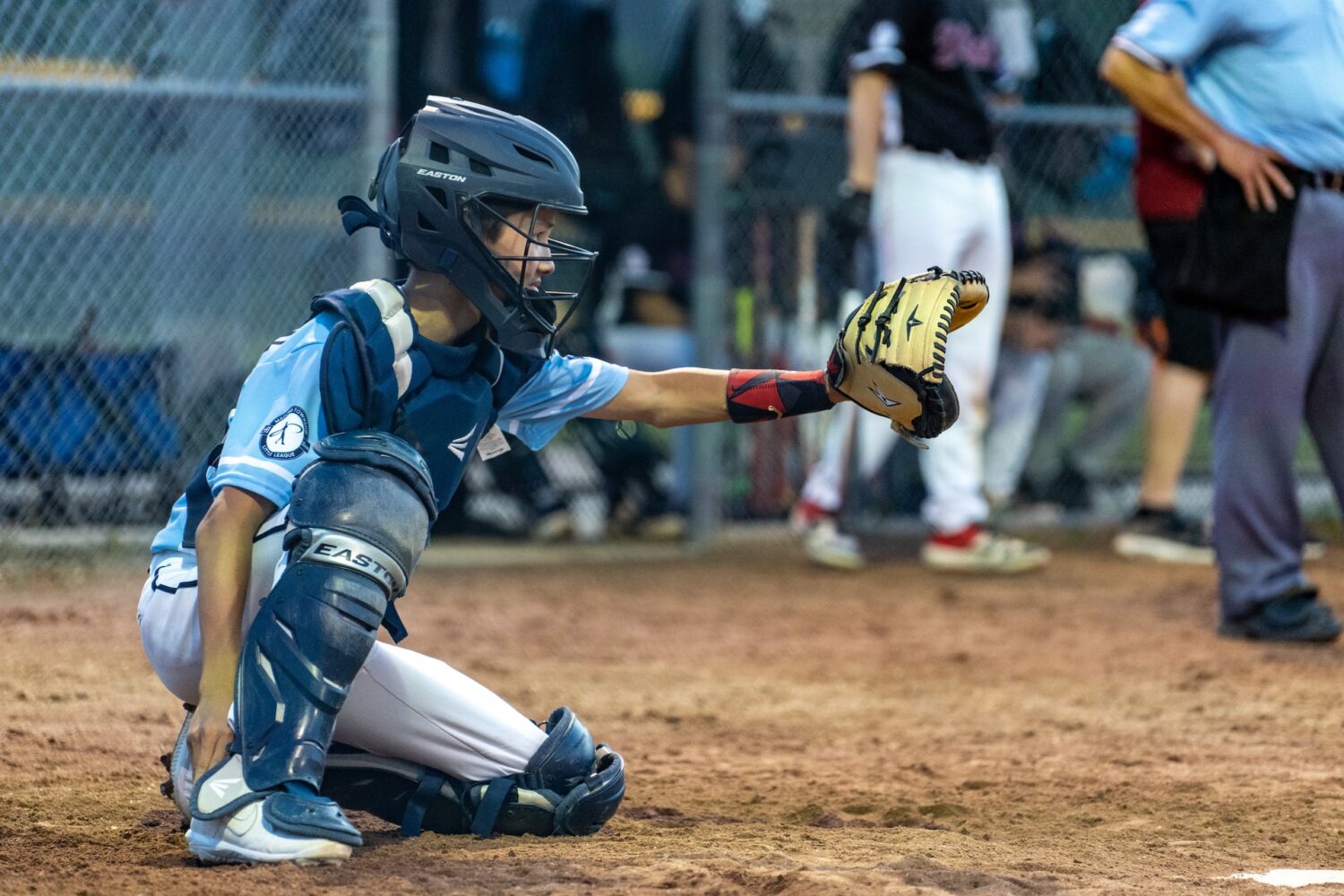Before the start of the MLB season, we learned that the Boston Red Sox had leapt to the top of the list of highest payrolls. It was a little bit of a surprise to a lot of fans who have grown to expect this spot to go to the Dodgers (second on the list) or the Yankees (suddenly frugal and down to seventh). But this is the state of things in 2018: with $223 million on the books, the Red Sox are baseball’s highest-spending club.
Spending $223 million is actually on the low end for a top payroll in modern times. Not since the Yankees in 2011 (about $217 million) has the team with baseball’s highest payroll been paying so little. This is at least a slight implication that teams are employing a little more strategy than when, say, the Dodgers paid out $279 million in 2016. It got me wondering just how far a team could stretch a top payroll in a perfect world.
That is to say, what’s the best team $223 million could buy? It’s a fantasy scenario, but a fun one to think about.
Because the Red Sox are the model in this case, I’ll use a breakdown of roster spots that at least loosely resembles theirs. Per Sportrac, the $223 million is distributed among 34 players – 25 on the active roster, six on the disabled list, one on the “reserve/suspended” list, and two retained salaries (Pablo Sandoval and Allen Craig). Roughly $20.5 million is wrapped up in those last three spots, so we’ll have a little more money to play with (because I’m not about to make up a list of “retained salaries” for a fake roster). The positional breakdown will loosely resemble the Red Sox roster construction as well.
STARTING PITCHERS ($51,020,261)
- Clayton Kershaw (LHP, Dodgers) – $30,714,286
- Corey Kluber (RHP, Indians) – $7,700,000
- Chris Sale (LHP, Red Sox) – $6,500,000
- Luis Severino (RHP, Yankees) – $605,975
- Carlos Carrasco (RHP, Indians) – $5,500,000
Looking at that rotation, this already seems like a ridiculous exercise. But the point isn’t that this is supposed to be feasible – rather just to show how much value could hypothetically be wrapped up in a $223 million payroll.
Kershaw seems as if he ought to be prohibitively expensive in any sane roster composition, but once you start to do the math he’s a clear pick. He’s the closest thing we have to a definitive best pitcher in baseball, and kicks off a nice lefty-righty balance in the rotation. Kluber, Sale, and Max Scherzer have pretty much rounded out the Mount Rushmore of elite aces in the last couple years, and Scherzer was left off because his contract plus Kershaw’s got burdensome.
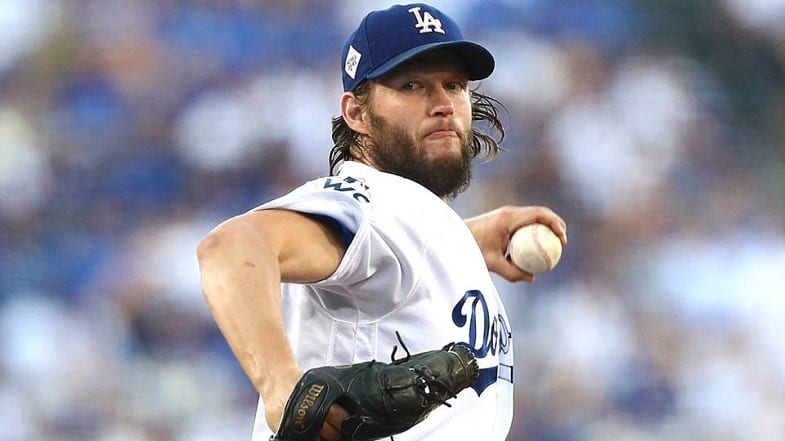
Severino is the real steal in the rotation as he’s still on his rookie contract. The Yankees’ young star finished third in AL Cy Young voting last season, and is working his way into the club of true aces. Carrasco, meanwhile, may have been the most underappreciated starter in the MLB in 2017, and rounds out the rotation with a manageable salary.
RELIEF PITCHERS ($19,977,400)
- (Closer) Kenley Jansen (RHP, Dodgers) – $16,000,000
- Chad Green (RHP, Yankees) – $570,800
- Richard Bleier (LHP, Orioles) – $556,000
- Archie Bradley (RHP, Diamondbacks) – $581,900
- Kyle Barraclough (RHP, Marlins) – $1,113,000
- Chris Devenski (RHP, Astros) – $599,200
- Josh Hader (LHP, Brewers) – $556,500
As it turns out it’s easy to construct a really good, really cheap bullpen in this scenario. Bullpen stars come and go, frankly, so it’s not uncommon for young guys with one or two good seasons under their belts to look elite. That’s the case with most everyone on this list.
Because the bulk of this pen is so cheap, I went with Kenley Jansen over perhaps the more responsible financial choice of Craig Kimbrel ($10,500,000). With the exception of a few playoff mishaps, Jansen has just been that much better than everyone else (168 saves and 14 blown the last four years, to Kimbrel’s 152 and 14).
OUTFIELDERS ($44,205,633)
- Marcell Ozuna (LF, Cardinals) – $9,000,000
- Mike Trout (CF, Angels) – $24,083,333
- Aaron Judge (RF, Yankees) – $622,300
- Mookie Betts (OF, Red Sox) – $10,500,000
Two of these were clear. Judge is in the same sweet spot as his teammate Severino in that the value at his price is undeniable (though he might have made it at $20 million also). And Mike Trout is the best player in baseball. If it had been necessary to cut one particularly large salary, I’d have cut Kershaw before Trout.
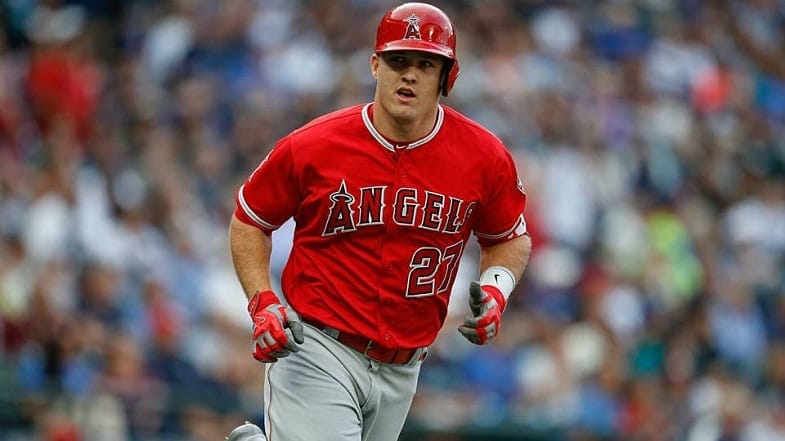
As for LF, it was actually surprisingly straightforward. Ozuna is relatively new on the scene as a dominant player, but he’s a better hitter than Justin Upton and Andrew Benentendi, he’s more complete than Brett Gardner or Khris Davis, and he (and everyone else) is more consistent than Yoenis Cespedes.
I’m adding Betts as a fourth outfielder mostly because he’d be starting if not for Judge’s power. He’s among the top defensive outfielders in the league, and has still hit .293 and slugged .488.
INFIELDERS ($65,823,100)
- Paul Goldschmidt (1B, Diamondbacks) – $6,400,000
- Jose Altuve (2B, Astros) – $30,200,000
- Jose Ramirez (3B, Indians) – $6,500,000
- Francisco Lindor (SS, Indians) – $623,200
- Carlos Correa (SS, Astros) – $1,000,000
- Buster Posey (C, Giants) – $19,875,000
- Gary Sanchez (C, Yankees) – $620,400
- Wilson Contreras (C, Cubs) – $604,500
First things first: the wealth of catchers is ridiculous. But because we’re using the Sox model (carrying three catchers), and two of the best are under $700,000 – why not?
Joey Votto and Anthony Rizzo were under consideration for 1B, but Goldschmidt’s salary is shockingly low, and he may be the best of them anyway. At 2B Altuve was another monster contract that simply had to be included –expensive, yes, but also that much better than everyone else.

At 3B, Kris Bryant and Josh Donaldson are the bigger names, but Ramirez is significantly cheaper than either player and arguably better than both at this point. And at SS, Lindor and Correa are both incredible bargains, beating out Kyle Seager (probably the consensus pick as the game’s best shortstop) and Didi Gregorius (who is criminally underrated).
DESIGNATED HITTER ($14,250,000)
- Nelson Cruz (DH, Mariners) – $14,250,000
Designated hitters tended to be either too expensive (Giancarlo Stanton, JD Martinez, Carlos Santana) or lagging in production of late (Mark Trumbo, Kendrys Morales). Cruz is about as productive a power hitter as there is in the AL, and comes at a reasonable price.
RESERVES
At this point we’ve filled out the 25-man roster at $195,276,394, with about $34.7 million left to spend on a handful of disabled list reserves. Such a list could go in virtually any direction, so suffice it to say even with the assembled roster of stars you see above, this hypothetical Dream Team would still be able to spend nearly $5 million apiece on seven reserved or stashed players.
Turns out payroll in an uncapped league can still take you a long, long way.



